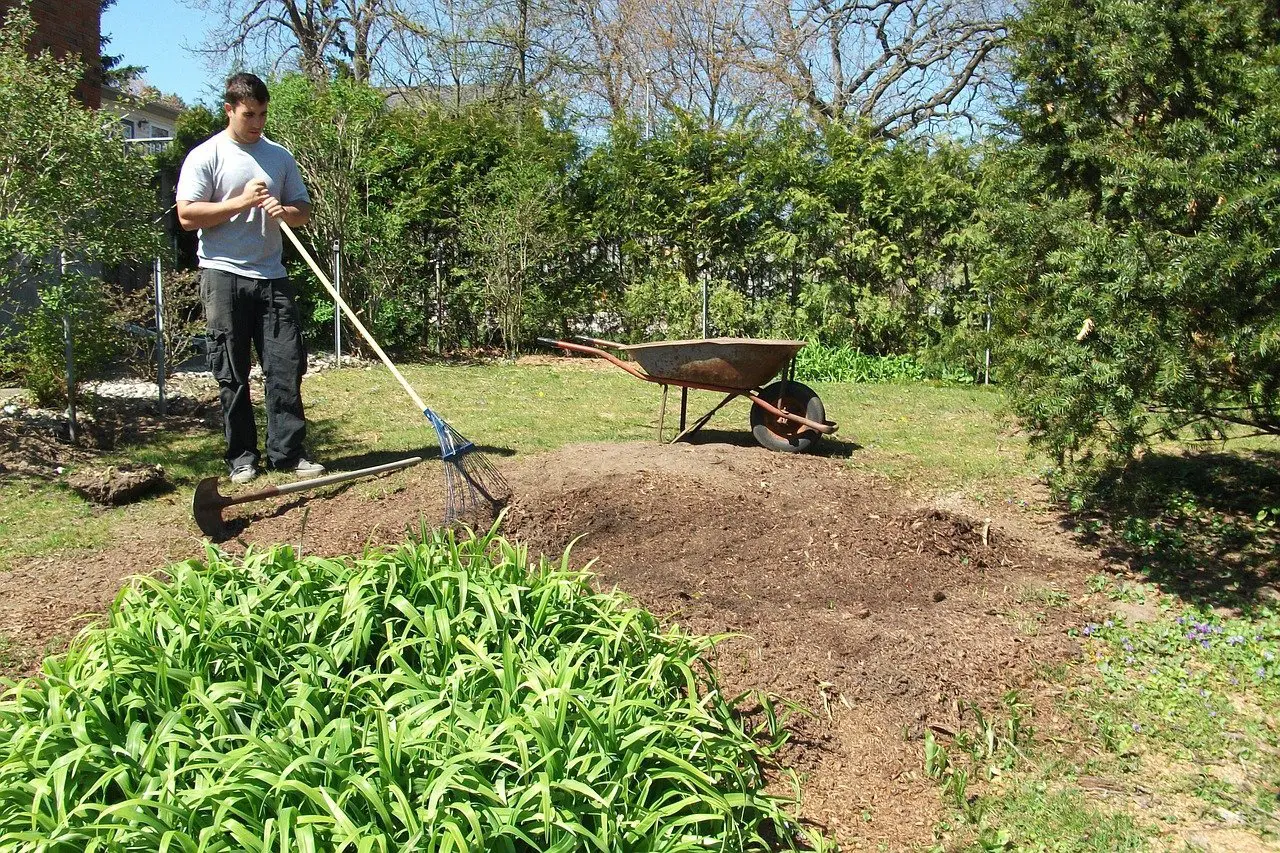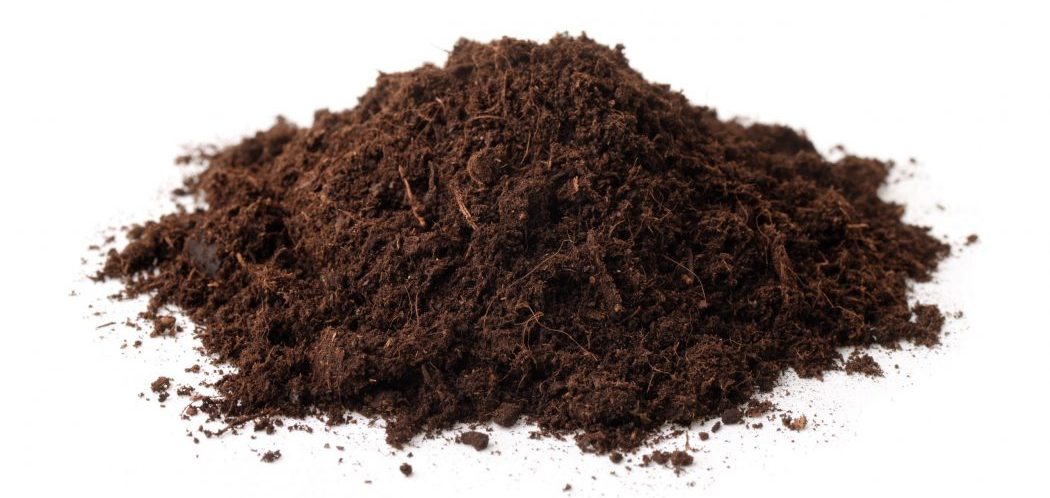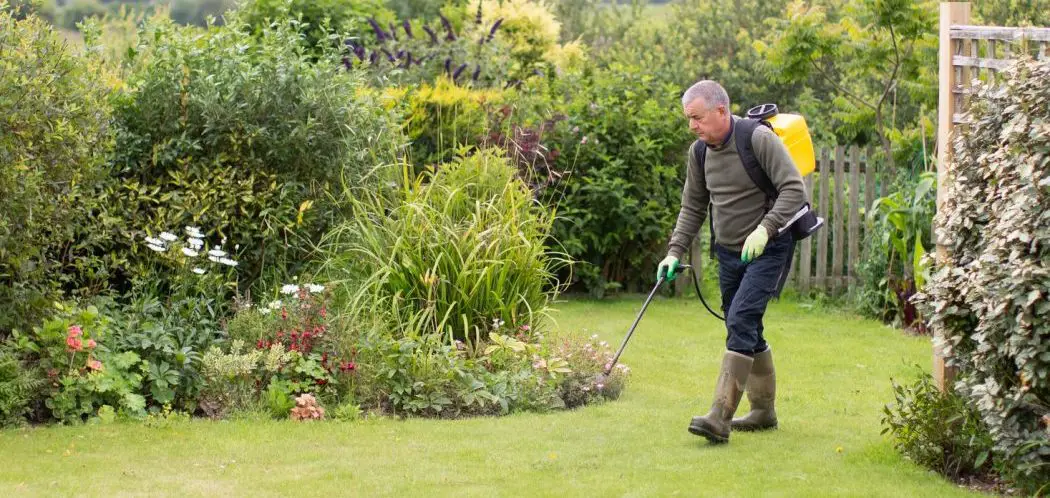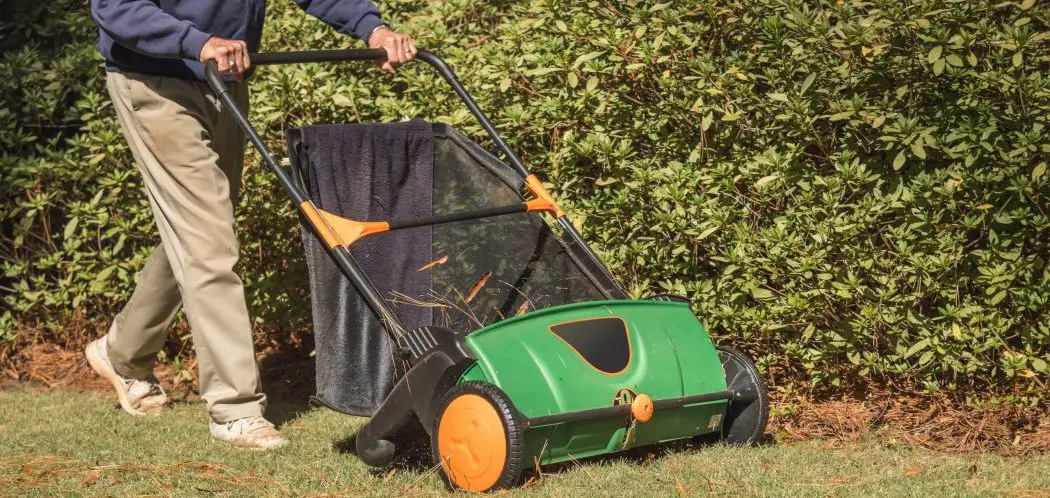A luscious green lawn is the sign of a healthy, well-maintained landscape. But achieving that envy-inducing carpet-like texture requires more than just regular mowing and watering. Topdressing is an essential lawn care practice that involves applying a thin layer of material over the grass to fill in gaps, smooth uneven areas, and improve soil composition.
While a simple raking or shoveling approach may seem sufficient, getting an even and consistent topdressing layer actually requires some nuanced techniques. In this post, we’ll share five non-obvious tips to help you master the art of an immaculate topdressing application.
Topdressing a lawn requires using the right tools, crosshatching layers, blending with soil, adjusting highs/lows, and feathering edges to achieve an even, seamless application that fills gaps, smoothes uneven areas, and improves soil composition.
Tip 1: The Right Equipment Matters
When it comes to topdressing, having the proper equipment for the job makes a major difference in achieving an even spread. Ditch the rake and shovel, and consider investing in tools specifically designed for topdressing.
Drop spreaders and broadcast spreaders are excellent options that allow you to apply your topdressing material in a controlled, consistent manner. With handy settings to adjust flow rates and spread width, these tools provide the precision needed for flawless coverage. Models like the Scotts Turf Builder and the Lesco Spreader are designed to smoothly glide across lawns, minimizing gaps and overlaps.
Before using your spreader, be sure to calibrate it according to the manufacturer’s directions to ensure the topdressing material is being dispersed as intended. You can calibrate by making test runs on a driveway or sidewalk, using collection trays to catch and measure the output over a set area at different settings. Take the time to dial in your optimal flow rate and spread width before tackling the lawn.
When topdressing, hold the spreader steady and walk at an even, measured pace. Make passes back and forth across the yard, overlapping each row slightly to ensure uniform coverage. Avoid sudden stops, starts, speed changes, or sharp turns that can impact flow. Handle the spreader smoothly and methodically.
Proper equipment maintenance is also key. Keep tines and openings clear of debris, lubricate wheels and gears, inspect for damage, and replace worn parts as needed. Your equipment should run flawlessly to achieve a flawless topdressing job.
The right tools and techniques will ensure every inch of grass gets an equal coating for picture-perfect results.
Tip 2: Crosshatch Application Technique
Here’s a pro tip to really take your topdressing game to the next level: use the crosshatch application method. This technique involves completing two passes over the lawn at perpendicular angles to achieve enhanced coverage.
The first pass is applied in horizontal strips up and down the yard. Make sure to overlap each row to create an unbroken layer. Then a second pass goes over the lawn in vertical strips at a 90 degree angle from the first set of rows. These perpendicular passes are like mowing the lawn vertically and horizontally to eliminate mower lines and create consistent stripe patterns.
Crosshatching the topdressing application deposits the material in crisscrossing rows, filling in potential gaps and creating a perfectly uniform layer. The overlaying spreads eliminate streaks and inconsistencies for superior results compared to a single direction spread.
Be sure to maintain a steady walking pace, keep the spreader moving constantly, and apply light passes to prevent clumping. Don’t overload certain sections, as too much material applied too quickly can create an uneven bumpy texture when it settles. Gentle, methodical application is key.
While crosshatch topdressing may take more time, the exceptional results are well worth the effort. The finished product will look professionally serviced and enhance your landscape’s aesthetic appeal. Just be sure to use a broadcast or drop spreader rather than manually throwing the material, which simply cannot achieve the required consistency.
Tip 3: Mix In Natural Soil
Here’s an expert tip that may seem counterintuitive but makes a big difference: add some ordinary soil from your yard right into the topdressing mix. Blending in up to 20% natural soil helps the new layer integrate and settle in seamlessly with your existing lawn.
Why does adding soil work? Straight topsoil or compost spread over the lawn may end up forming a distinct layer that doesn’t properly bond with the original soil beneath. This can lead to the material settling unevenly, resulting in bumps, divots, and an irregular texture.
By incorporating native soil into the topdressing blend, you create a seamless transition between the old and new layers. The added soil acts as a binder so the fresh material connects and anchors to the soil below without any abrupt boundaries. This promotes smooth blending and reduces patchiness.
How to mix it: Combine your chosen topdressing like compost or sand with soil from your yard. Use a shovel to mix them thoroughly before adding to your spreader. You want an even, consistent blend that contains those helpful soil particles throughout to facilitate bonding.
Be sure to rake the lawn lightly before topdressing and smooth out the layer after application using a drag mat or lawn leveling rake. This further prevents settling issues for a flawlessly even finish. The soil-enhanced blend allows for a homogeneous topdressing layer that looks and feels natural.
Tip 4: Adjust for High and Low Spots
Lawns are rarely perfectly flat, so you’re likely dealing with some high and low spots. Rather than ignoring these trouble areas, use targeted topdressing techniques to smooth things out.
For high points, go over them with additional passes of half-rate topdressing to gently fill in the extra height. This provides more coverage without overloading the material in surrounding sections. You can also manually spread a thin layer with a shovel, then use a push broom to smooth and distribute it evenly.
For low spots, lightly fill them by feathering and tapering the edges of the topdressing outward from the center of the depression. Layer the material gradually thinner as you extend from the middle to avoid abrupt edges. Aim to meet the height of the surrounding lawn seamlessly.
The key is using patience and precision through light layering rather than dumping a lot all at once. Try to visualize the final level you want to achieve across the entire lawn. With meticulous attention, those highs and lows can be balanced out for a pin-straight finish.
Avoid the temptation to overcompensate in problem areas. Heaping on too much topdressing will result in lumpy sections once it settles. Likewise, skimping on thinner layers over high points leaves them sticking up. Take your time and aim for lightly smoothing everything to the same ideal level.
Tip 5: Feathering the Edges
In addition to handling highs and lows, pay close attention to the lawn’s edges when topdressing. You want to create perfectly seamless transitions between your lawn and any adjacent garden beds, walkways, or driveways.
Sudden topdressing drop-offs or ridges along hardscape boundaries will look sloppy and create issues. Avoid this by precision feathering in border areas.
As you get to the edge, gradually decrease the topdressing volume and use your spreader at lower settings. Or switch to manual application with a shovel, using an underhand tossing motion and lighter throws to taper off the layer.
Smooth out borders with a stiff push broom to sweep off any excess material at edges. Blend the topdressing gradually down to zero depth so no ridge remains. The goal is an invisible transition you can’t see or feel.
Proper feathering takes practice and patience, but it’s a hallmark of quality work. Walk the perimeter after each application pass to check borders and make adjustments as needed. Meticulous, imperceptible edges demonstrate skillful technique.
Conclusion
Achieving that flawless, velvety topdressing layer requires more precision than most people expect. But with the right tools, techniques, and attention to detail, you can achieve an immaculate, even application.
The five tips in this article emphasize controlling your inputs, patterns, blending, troubleshooting, and feathering for invisible transitions. Mastering these non-obvious nuances elevates your topdressing game beyond just adequate to genuinely pro-worthy.
With these surprising tips under your belt, you’ll be able to highlight the full beauty of your healthy lawn. That pristine green carpet and quintessential neighborhood curb appeal is within reach if you follow the advice above. Get topdressing like the experts with these tricks up your sleeve.








